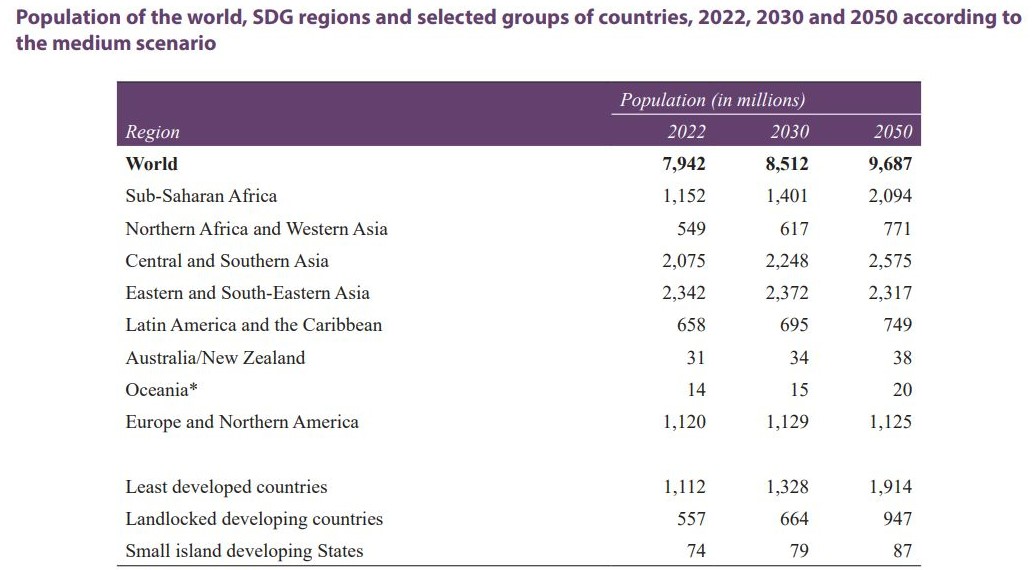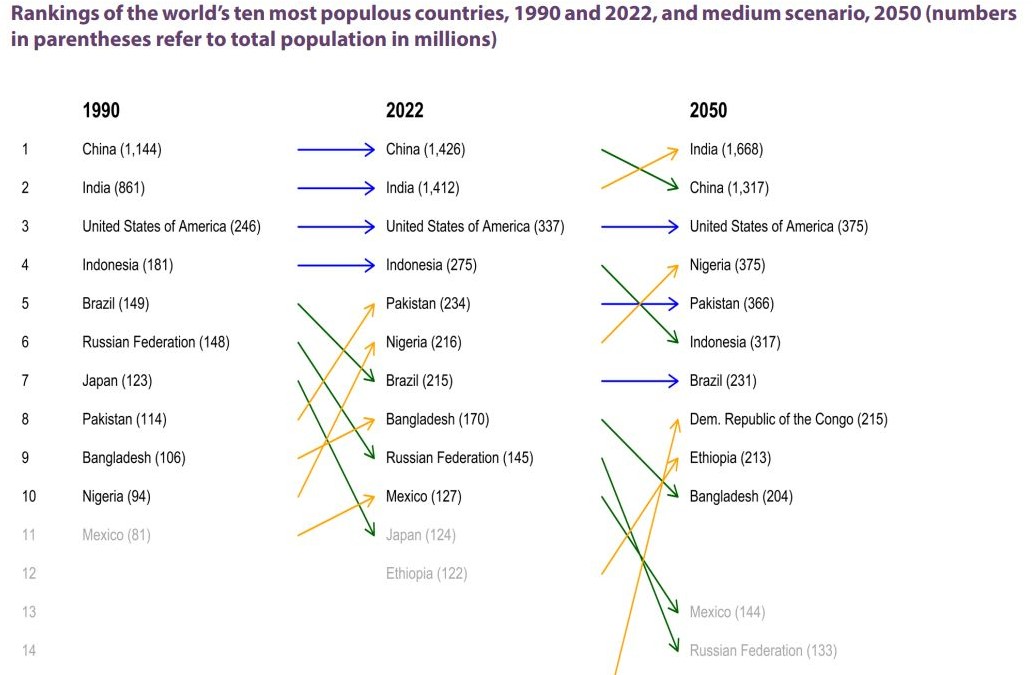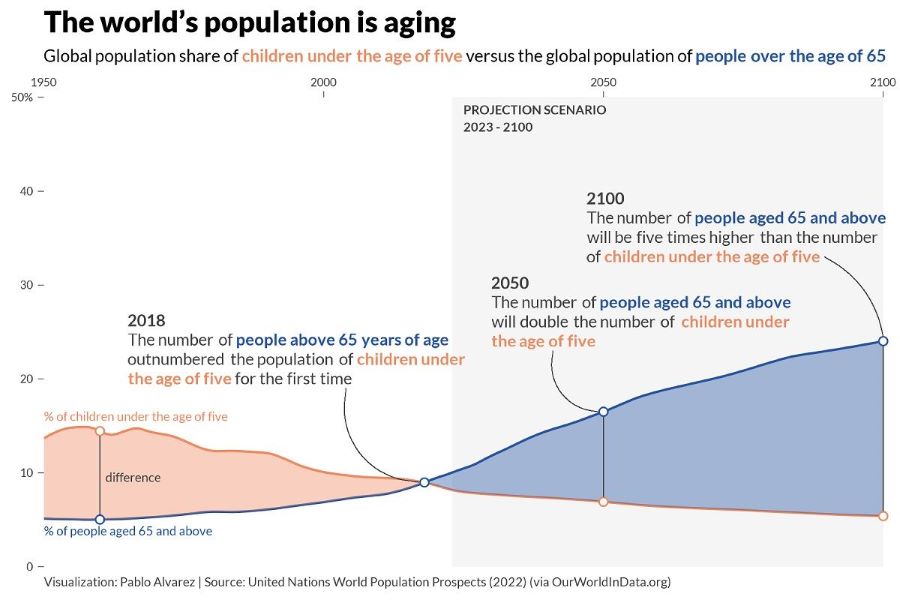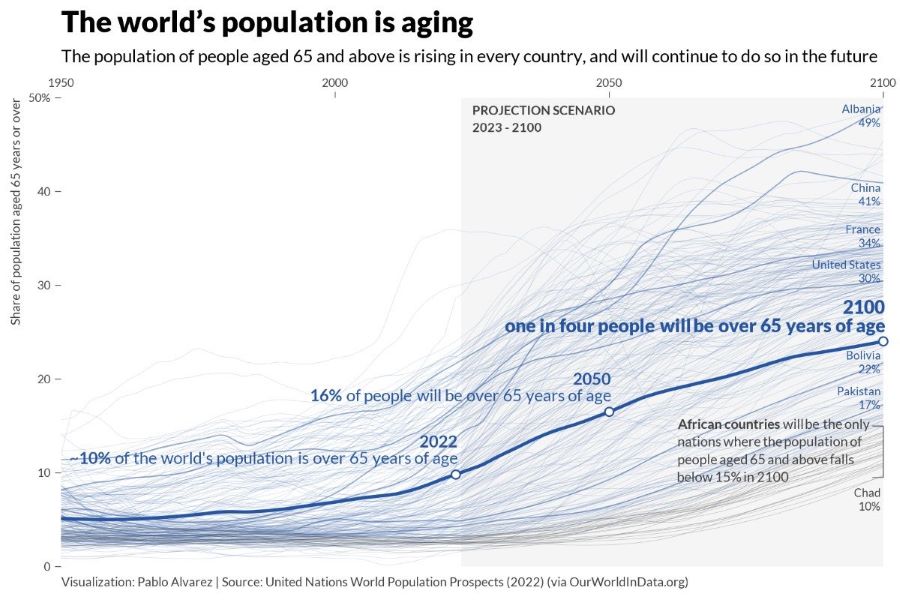As global population continues to age, Africa and Middle East will have the least elderly in 2100
There were 771 million people aged 65+ years globally in 2022, accounting for almost 10% of the world’s population. The number of third generation residents on Earth is expected to hit 16% in 2050 and 24% by 2100, according to the 2022 UN World Population Prospects.

Some of the places with high elderly shares today include high-income countries like Japan (30%), Italy (24%), and Finland (23%). The lowest shares are concentrated in the Middle East and Africa. Many countries have just 2% of their population aged 65 years and older, such as Qatar, Uganda, and Afghanistan.

Based on the data from this report, VisualCapitalist designed a few graphics to better illustrate the trends.

Until 2100, some Asian countries and island nations with low population growth are expected to see more than one-third of their populations aged 65 years or older, including South Korea and Jamaica at 44%.
The worst performer will be Albania, with a projected 49% of its population to be aged 65 and older by the end of the century.

On the opposite side, there will be Chad and Niger with slightly above 9% by the end of this century.
Over time, however, almost all countries are expected to see their older population segments grow, an evolution that will add up pressing challenges to existing global problems. In just three decades, it is estimated that one-in-four European, North American, and Asian residents will be over 65 years of age.
The population aging will impact all sectors of society, including labor and financial markets, politics and elections, with an increasing demand for housing, transportation, and health care services.
Out of the 236 countries and territories covered by the UN report, the following are expected to acquire the largest shares of residents aged 65+, as opposed countries that will look “younger”:
- Albania 49%
- Puerto Rico 48.9%
- American Samoa 45.41%
- South Korea 44.44%
- Jamaica 44%
- Kosovo 43.35%
- China 40.93%
- Thailand 39.17%
- US Virgin Islands 39.11%
- Spain 38.72%
- Japan 38.7%
- Italy 38.19%
- …
- USA 30.47%
- …
- India 29.81%
- …
- Zambia 12.66%
- Togo 11.77%
- Mali 11%%
- Somalia 10.75%
- Niger 9.76%
- Chad 9.64%







